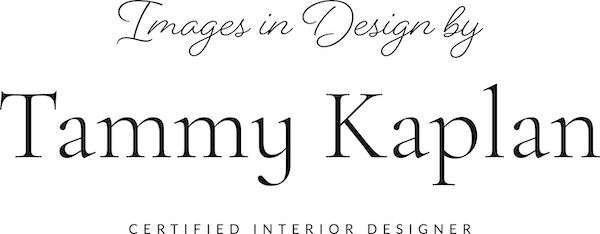One Big Happy Family – All Under One Roof
51 million Americans live in multigenerational homes. According to a Pew Research Center analysis of the latest US Census Bureau data, 16.7% of the population – or 51 million Americans – live in a house with at least two adult generations.
While it’s true that many cultures have long embraced the concept, there are clear industry indications that this movement is on the rise and becoming more appealing to a broader array of families. In fact, today’s top builders are aggressively responding to this trend with specific home models designed to meet the needs of multigenerational households. One of America’s leading home builders, Lennar, offers just one example of how builders are responding. In 2011, Lennar introduced their “NextGen” model following research that showed 55% of its buyers nationwide are purchasing these homes with intent of bringing aging parents into the residence.
So, while it may not be the answer for all families, there are some meaningful benefits to multigenerational housing:
Pooled Finances – Sharing household expenses can be a benefit for all. Many seniors still live in the larger homes where they once raised their families, so if they now live alone or on a fixed income, home maintenance can be costly. The costs of assisted living or nursing residences are also on the rise and don’t always offer the same square footage or independent conveniences that can be found in a multigenerational single family home.
Child and Senior Care – The peace of mind and cost savings of built-in child care – or aging senior care – is attractive to many families.
Avoiding Isolation – While most multigenerational homes offer seniors ample privacy and independence, there is an element of comfort given to seniors who would otherwise be living in isolation from their family.
